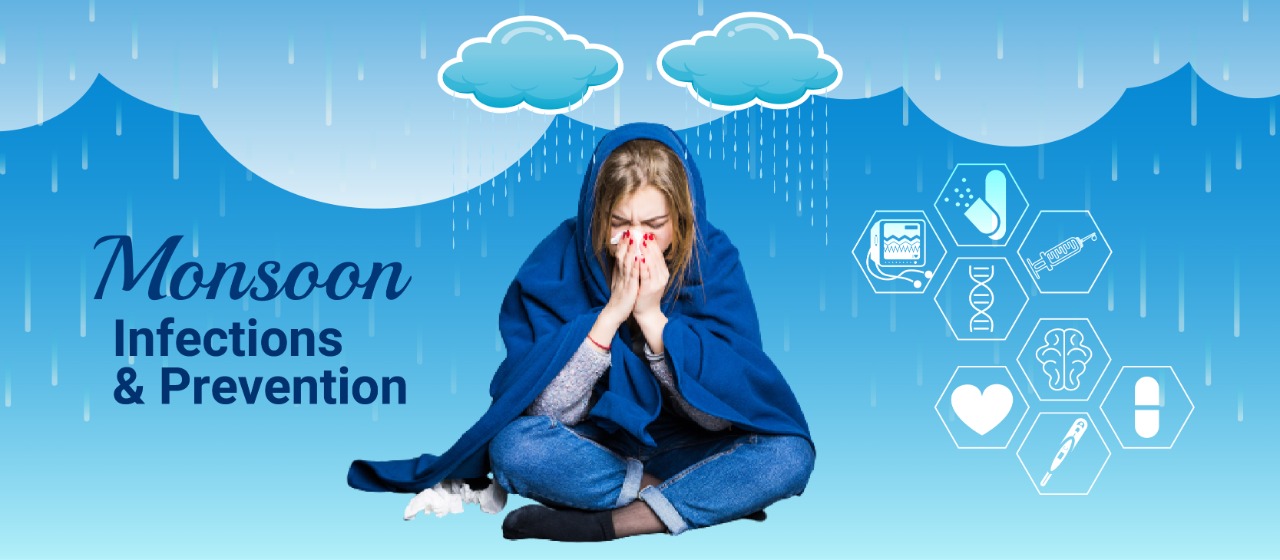A Unit of Asian Institute of Gastroenterology
Chronic Pain

27,00,00,000 people.
27 crore people or approximately 20% of India’s total population live with chronic pain. The incidence is even higher for women, adults living in poverty, and in rural areas. Getting older also increases the likelihood of experiencing chronic pain.
Pain is something everyone has experienced in their lives at some point. Whether you stub your toe, sprain an ankle, or undergo a procedure, pain is a protective response, and part of what makes us human. Acute pain (sudden and short term) is the body’s warning system, telling you that your drink is too hot, or that you have injured yourself.
But when pain becomes chronic—typically lasting longer than 3 months, the warning system in your body starts to malfunction, and becomes a symptom of some underlying problem. The pain itself may not even be the only problem. Chronic pain is linked to anxiety, depression, a reduced quality of life and an increased risk of medication abuse along with stress that can lead to insomnia and chronic fatigue.
How does pain become chronic?
Imagine a sprained ankle. When you injure yourself, receptors in the injured tissue send a signal to the spinal cord. That signal travels to the brain via tracts in the spinal cord which act as a relay system to the brain. The pain message travels to your brain via this ascending pathway and your brain responds via the descending pathway. During episodes of acute pain, this system protects you, and prevents you from putting weight on the injured ankle.
Sometimes, this system can malfunction and the ascending signalling does not turn off even after the injury has healed, and your sensation of pain can become chronic due to changes in your brain and spinal cord. These changes lead to physical changes in the brains and endocrine systems of pain patients, leading to some of the symptoms typically associated with chronic pain.
- Hyperalgesia—an increased response to a painful stimulus.
- Allodynia—pain following a stimulus that is typically not pain-inducing.
- Fear avoidance.
- Pain catastrophizing, a pattern of negative emotional responses to real or anticipated pain.
- Anxiety and depression.
- Insomnia or sleep disturbances.
- Chronic fatigue.
Consultant Neuroanesthesiology, Neurocritical Care & Interventional Pain Medicine.











